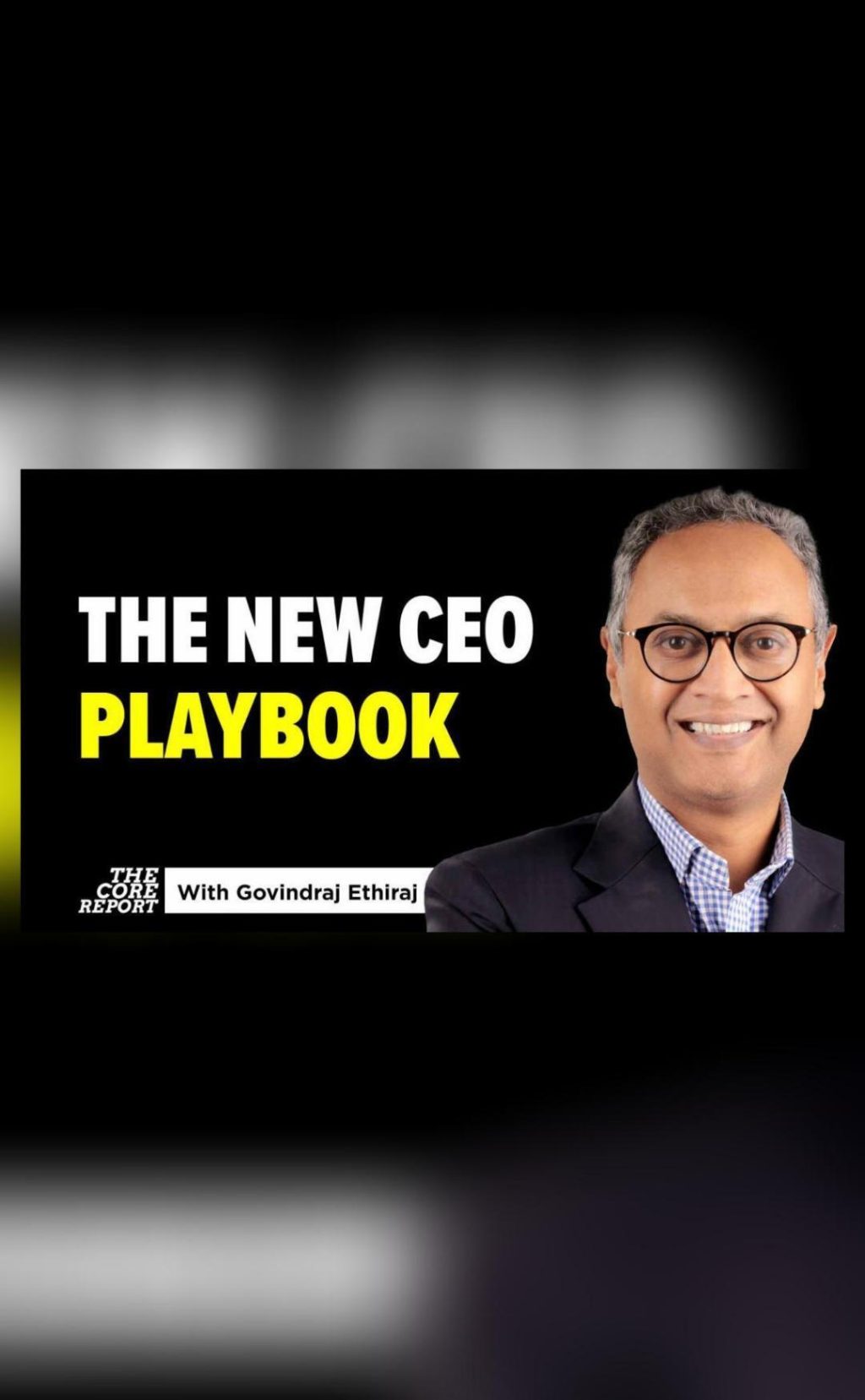
The New CEO Playbook: AI Pressures & Global Tariff Shocks
As the world becomes increasingly interconnected, CEOs are facing unprecedented challenges that threaten the very fabric of their businesses. The rapid advancement of artificial intelligence (AI) is reshaping industries, while global tariff shocks are disrupting trade and upending traditional supply chains. In this environment, business leaders must rethink their strategy and operations to remain competitive and adaptable.
In this blog post, we’ll explore the pressures faced by CEOs in the age of AI and tariff shocks, and provide insights on how they can navigate these challenges to drive growth and success.
Internal Pressures: The Need to Automate and Innovate
The rise of AI has created both opportunities and threats for companies. On one hand, AI can automate mundane tasks, improve operational efficiency, and enhance customer experiences. On the other hand, AI-powered competitors can disrupt entire industries, making it necessary for CEOs to innovate and adapt quickly.
According to a McKinsey survey, 85% of companies consider AI a top strategic priority, and 70% are already implementing AI solutions. However, the same survey found that only 20% of companies are achieving significant value from their AI initiatives. This highlights the need for CEOs to develop a clear AI strategy and invest in the necessary training and talent to realize the benefits of automation and innovation.
External Pressures: Global Tariff Shocks and Shifting Trade Policies
The current trade landscape is marked by uncertainty and volatility. Tariffs imposed by governments, such as the US-China trade war, have created significant challenges for companies that rely on global supply chains. The constant flux in trade policies has made it difficult for CEOs to predict and plan for the future.
A recent study by the World Economic Forum found that 75% of CEOs are concerned about the impact of tariffs on their businesses, and 60% believe that trade tensions will worsen in the coming year. To mitigate these risks, CEOs are being forced to reevaluate their supply chains, consider alternative sourcing options, and develop contingency plans for potential disruptions.
The New CEO Playbook: Localize, Adapt, and Reconsider
In the face of these challenges, CEOs must adopt a new playbook that prioritizes localization, adaptation, and innovation. Here are some key strategies for success:
- Localize: Companies must focus on building stronger relationships with local suppliers and partners, reducing reliance on global supply chains and minimizing the impact of tariff shocks.
- Adapt: CEOs must remain agile and responsive to changing market conditions, regularly reassessing their strategies and operations to stay ahead of the curve.
- Innovate: Investing in AI, data analytics, and other emerging technologies can help companies stay competitive, improve operational efficiency, and enhance customer experiences.
- Reconsider: CEOs must be willing to challenge their long-held business models and consider new approaches to remain relevant in a rapidly changing world.
Case Studies: Success Stories in the Age of AI and Tariff Shocks
Several companies have successfully navigated the challenges of AI and tariff shocks by adopting a localize, adapt, and innovate strategy. Here are a few examples:
- IKEA: The Swedish furniture retailer has responded to tariff shocks by investing in local manufacturing and sourcing, reducing its reliance on global supply chains.
- Procter & Gamble: The consumer goods company has developed a “digital-first” strategy, leveraging AI and data analytics to improve operational efficiency and enhance customer experiences.
- Walmart: The retail giant has invested heavily in e-commerce and AI, using data analytics to optimize inventory management and improve supply chain efficiency.
Conclusion
The new CEO playbook is clear: in the age of AI and tariff shocks, business leaders must prioritize localization, adaptation, and innovation to drive growth and success. By adopting a flexible and responsive strategy, companies can navigate the challenges of a rapidly changing world and emerge stronger and more resilient.
Sources:






